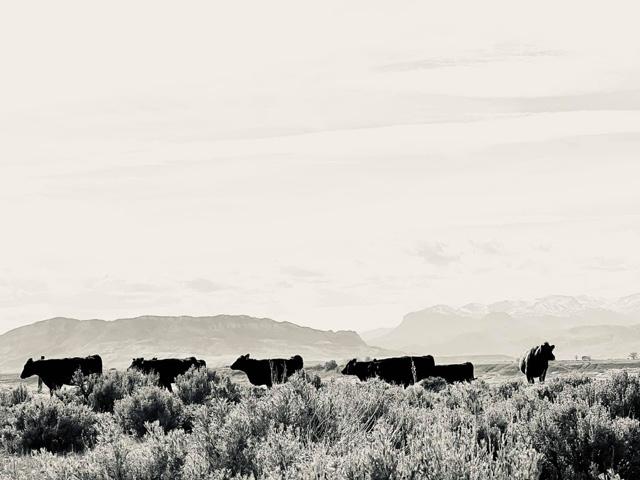Call the Market
Factors That Could Affect Cattle Market Moving Forward
As we wade through the beginning weeks of any new year, pinpointing where the market is headed is at the forefront of everyone's mind. It would be a lot easier if the cattle market had a set equation of what influenced it and if those factors never varied -- but that's simply not the case.
What makes our job even more difficult is that on any given day, what we believe to be the biggest market influences can turn and change in an instant.
P[L1] D[0x0] M[300x250] OOP[F] ADUNIT[] T[]
So, let's discuss some of these factors and what should be on your radar moving forward.
First, we cannot overlook the impact January storms have had on fed cattle. Last Thursday's Actual Slaughter report shared that steer carcass weights averaged 927 pounds for the week ended Jan. 13, 2024 -- 10 pounds less than the previous week. And feedlots in Nebraska and Kansas reported cattle they've recently shipped have ranged anywhere from 70 to 100 pounds lighter than their target weight. Carcass weights will likely continue to fall for the next couple of weeks, painting a different picture for the fed cattle market than what was originally predicted.
Packers saw the supply crisis building and actively procured cattle earlier than normal this past summer. Everyone knows we have more cattle on feed compared to a year ago. This would normally be concerning, but given the recent weather stressors cattle have endured, these cattle aren't going to meet their target weights as expected, which could help support higher fed cattle prices this winter/early spring.
Second, Wednesday afternoon's Cattle Inventory report is much anticipated. I think everyone in the industry is prepared to see fewer beef cows and beef replacement heifers than a year ago, but what that conclusion will solidify (if that's indeed what the report shares) is that the beef cowherd is still in its liquidation phase and the herd has not begun to be rebuilt yet. This, then, draws attention to the fact that feeder cattle supplies will be thin for at least the next two years and that feeder cattle prices will remain strong. Stay tuned for DTN's comments on the Cattle Inventory report later this afternoon.
As the market continues to gain footing in this new year, be aware that changes in beef prices, strenuous weather conditions or surprises in big-hitting reports can really change and alter the outlook for the remainder of the year.
ShayLe Stewart can be reached at ShayLe.Stewart@dtn.com
(c) Copyright 2024 DTN, LLC. All rights reserved.




